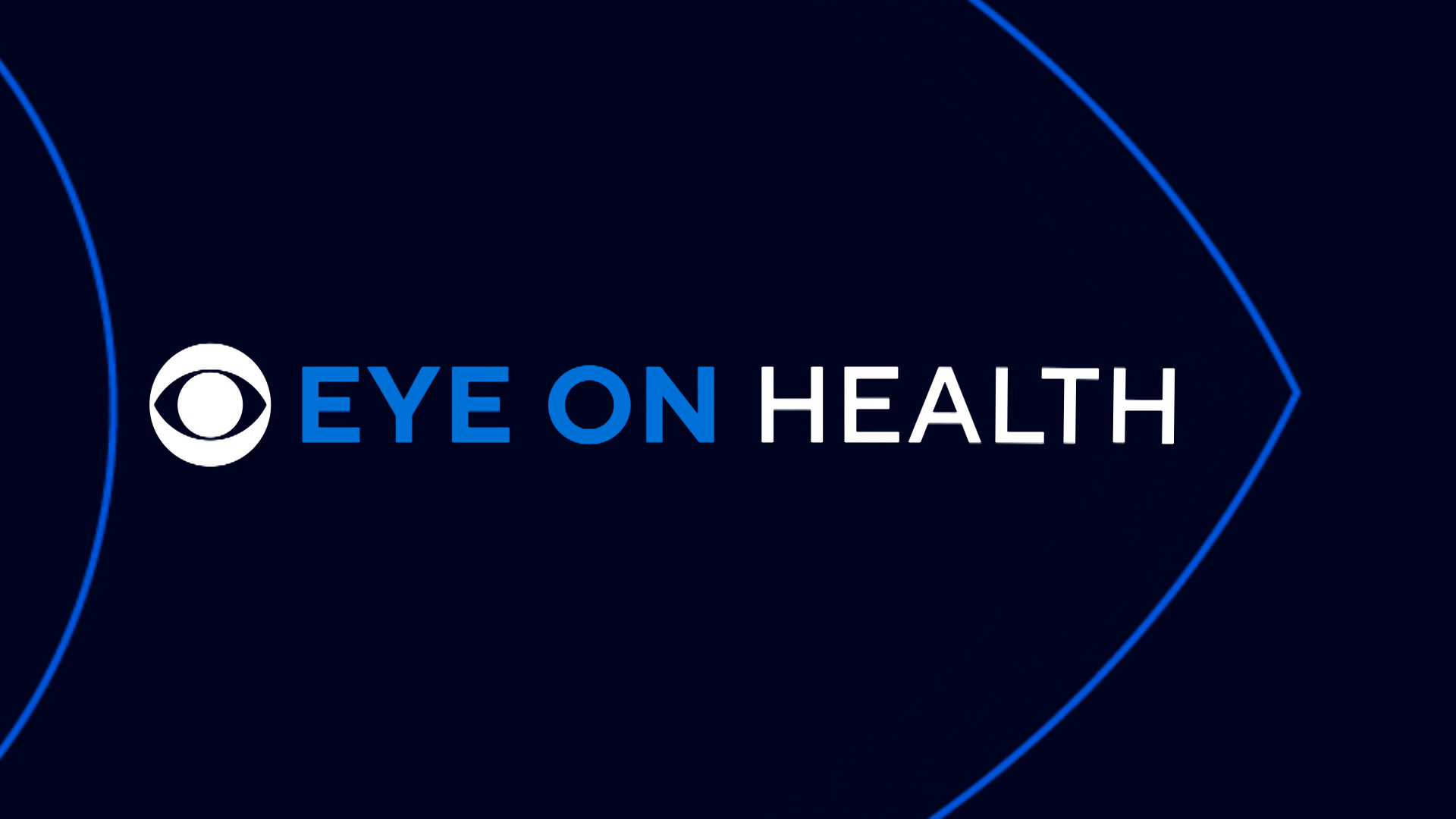ST. PETERSBURG, Fla. — Over the last year during the ongoing coronavirus pandemic, we've all heard the same rhetoric -- stay six feet apart, wear a mask and wash your hands.
However, now that millions of Americans are being vaccinated against the virus, the CDC recently released new guidance that allows people who have gotten the vaccine to gather together without masks or social distancing.
Last week the federal government said people living in nursing homes and assisted living facilities who are inoculated can start receiving hugs again, but still recommends wearing masks while doing so.
With a move towards pre-COVID normalcy, it begs the question -- why do we hug? Shake hands? Celebrate by clinking glasses together and saying "cheers"? Say "bless you" when someone sneezes?
Why do we hug?
The exact reason why we hug is unknown, but the act appears to be a universal non-verbal way to communicate and connect. It's a way to show familiarity, affection and comfort.
There are also scientific benefits to hugging. A 2014 study from Carnegie Mellon University suggested hugs protect against stress and infection.
In fact, the benefits, both physically and psychologically, are why the Centers for Medicare and Medicaid Services tweaked its policy guidance for hugs for vaccinated nursing home residents.
"There is no substitute for physical contact, such as the warm embrace between a resident and their loved one," CMS said in its new guidance, "Therefore, if the resident is fully vaccinated, they can choose to have close contact (including touch) with their visitor while wearing a well-fitting face mask and performing hand-hygiene before and after."
Why do we shake hands?
A popular theory as to why we shake hands comes from ancient times when people used to fight with swords. According to the BBC, shaking hands became a friendly greeting because it was proof you came in peace and weren't holding a weapon.
It may have become popularized in America during the 17th century because of the Quakers, History.com said. This, because the gesture was more egalitarian and democratic than other gestures at the time, such as bowing or tipping a hat.
A study has suggested people fist bump as the most hygienic greeting.
Why do we clink glasses/say "cheers"?
With 37.4 million people in the United States fully vaccinated against COVID-19, it may make you want to pop the champagne and celebrate with friends and family.
However, that is just 11.3 percent of the total population and health experts are continuing to urge Americans to follow CDC guidelines such as wearing a mask, social distancing and washing your hands.
Still, if you wanted to safely share a toast with friends and family, you may wonder where the tradition came from.
According to the Farmers Almanac, one reason why we clink glasses is to enhance the senses. Historically, the ritual was used to ward off evil and avoid poisoning.
The word "cheers" originated from the old French word chiere which meant “face” or “head," Farmers Almanac says. The meaning eventually changed to mean "gladness" in the 18th century. Today, it's now just a "symbolic and succinct way" of toasting others.
Why do we say "bless you" when someone sneezes?
It seems common and polite now to automatically say "bless you" or "God bless you" when someone sneezes, but why do we do it?
Southern Living says its true origins are "murky," but a popular theory is it originated in Rome during the bubonic plague where sneezing was a main symptom. It's believed Pope Gregory I suggested a small prayer of "God bless you" after a sneeze would protect the person from death, Southern Living said.
The New York Times says there are a variety of motives that compels to continue to say the phrase today, as offered by Dr. Frank Farley, a psychology professor at Temple University.
Examples include a conditioned response, mirco-affections and conformity.
- Debt collectors can cash in on your $1,400 stimulus check
- Waiting for the 3rd stimulus payment? Here's how to check online
- Where's my stimulus check? Chase, Wells Fargo expect midweek deposit
- Hillsborough County deputy says fallen Officer Jesse Madsen saved his life
- President Biden sets May 1 target to have all adults vaccine-eligible
- 'In pursuit of 8': Tom Brady confirms contract extension with Buccaneers
- List of last-minute Tampa Bay spring break camps for kids
►Breaking news and weather alerts: Get the free 10 Tampa Bay app
►Stay In the Know! Sign up now for the Brightside Blend Newsletter



